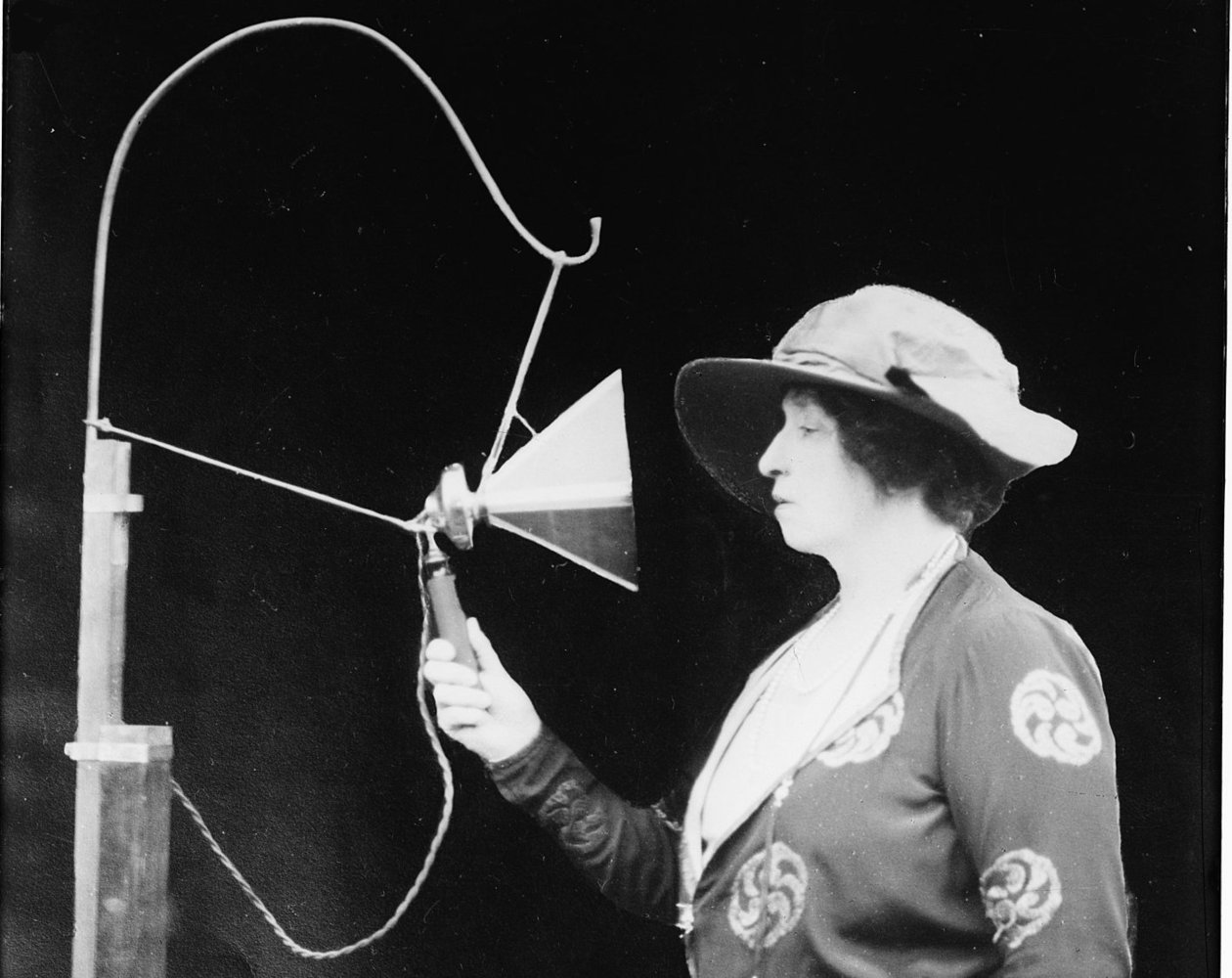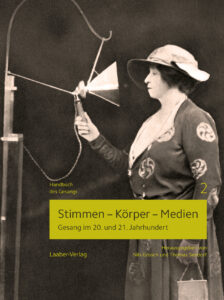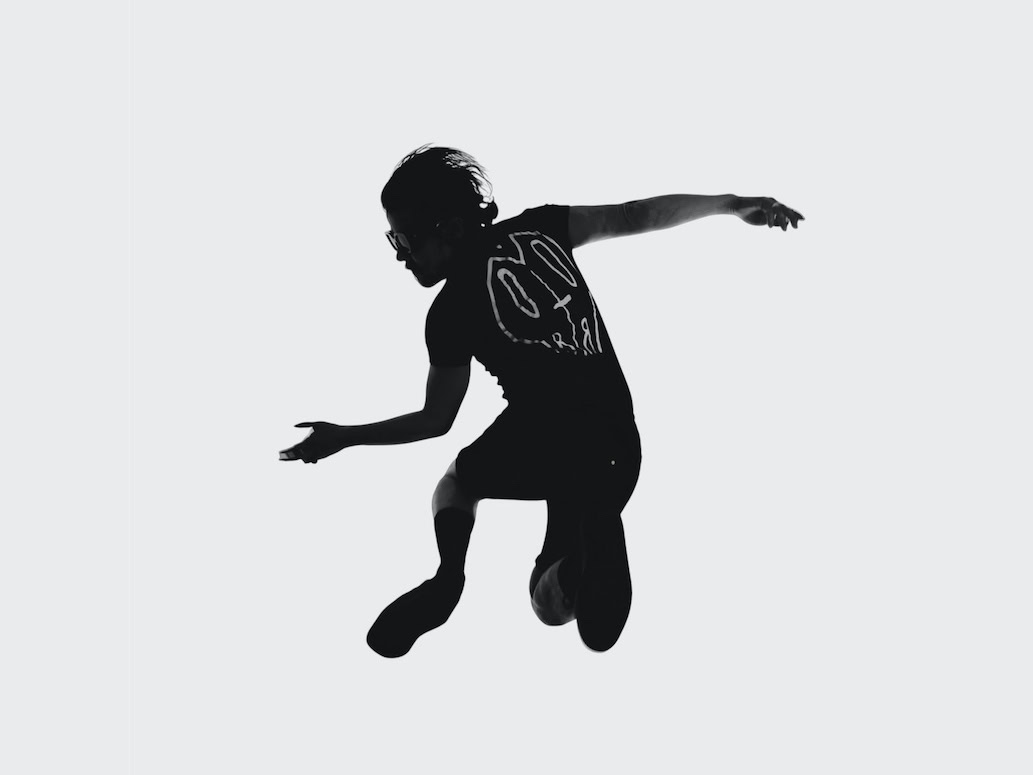Singing in the 20th and 21st centuries
The handbook "Voices - Body - Media" focuses on the demands of current musical styles on the voice and pedagogical aspects.

A photo of the legendary Nelly Melba during a radio recording in 1920 adorns the cover of the second volume of the "Handbuch des Gesangs" (Handbook of Singing) published by Laaber-Verlag. This photo captures a great and decisive moment that opened up a new path for the development of the art of singing and its reception history.
One of the editors of this book, Thomas Seedorf, only published his book in 2019. Handbook of performance practice for solo singing which contains a wealth of information for singing early and contemporary music (Bärenreiter). It is dedicated to vocal practice from 1600 to the present day, voice types, vocal aesthetics, ornamentation and declamation, but focuses on the 17th, 18th and 19th centuries. The developments of the 20th and 21st centuries are only touched on in passing with a chapter on new music and modern notation.
The new handbook concludes with the title Voices - Bodies - Media, Singing in the 20th and 21st centuries The content of the book follows on from the existing work. It opens up a new perspective on the voice and body on stage, namely in song and chanson in popular music theater as well as on the opera stage, and is dedicated to singing as a cultural practice and choral singing as a global phenomenon. The examination of modern media and the transformation of the singing voice through sound carriers, studio technology and digitalization is indispensable. The aesthetics of popular singing in the 20th and 21st centuries place different and new demands on the singing voice, where speaking, shouting and screaming are not only permitted in pop and jazz singing, but also serve the vocal expression of emotions, where the performers are microphones and sound engineers.
A large chapter is devoted to questions of pedagogy and therapy. The variety of sound aesthetics and stylistic expansion has never been greater than it is today. Just think of pop, rock, soul, jazz and musical singing, tango and indie groups, overtone singing and yodeling, experimental noisiness and sound creations of new music - alongside the ideal of classical singing, which has obviously lost none of its appeal; just look at the enrolment figures at universities ...
The kaleidoscope of vocal diversity is reflected in the extremely pluralistic range of singing lessons covered in the book, ranging from choral voice training to functional voice work, various pop singing schools and so-called bel canto technique to voice work combined with body and breathing training. A variety of methods becomes an attractive quality feature of technical vocal instruction; the magic word is networking instead of separation.
The handbook ends philosophically: Does singing make you happy? "Yes," is the answer! The question is why... Why does sounding, letting your own voice resound, letting it unfold freely, have a euphoric effect?
Voices - Bodies - Media: Singing in the 20th and 21st Centuries, edited by Nils Grosch and Thomas Seedorf, (= Handbuch des Gesangs 2), 396 p., € 98.00, Laaber, Lilienthal 2021, ISBN 978-3-89007-906-6








